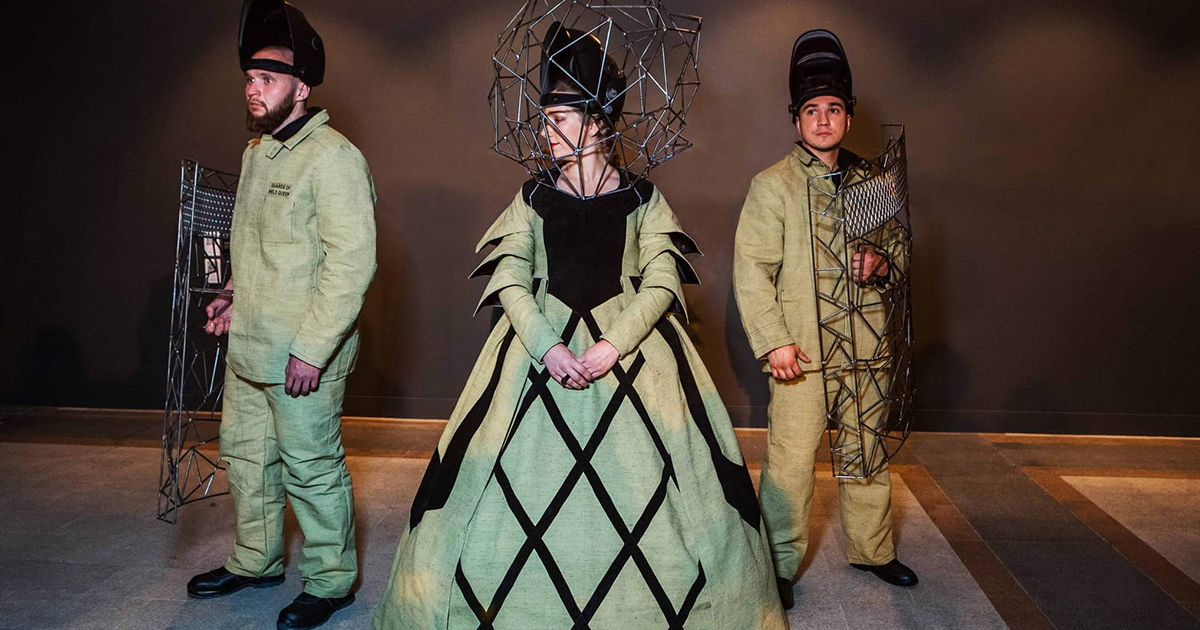
Text: Julia Kryshevich
All photos provided by the Q&A participants
To reflect on this pertinent issue, I invited three young (given that young age is a rather vast thing), promising (in my humble but confident opinion) women from the Russian contemporary art world to share their views. Meet Anastasia Omelchenko, an art dealer and founder of the Moscow-based Omelchenko Gallery, Lizaveta Matveeva, a St. Petersburg curator active both on the local and international scene, and Alexandra Weld Queen, an artist who, yes, welds to shape her creative vision.
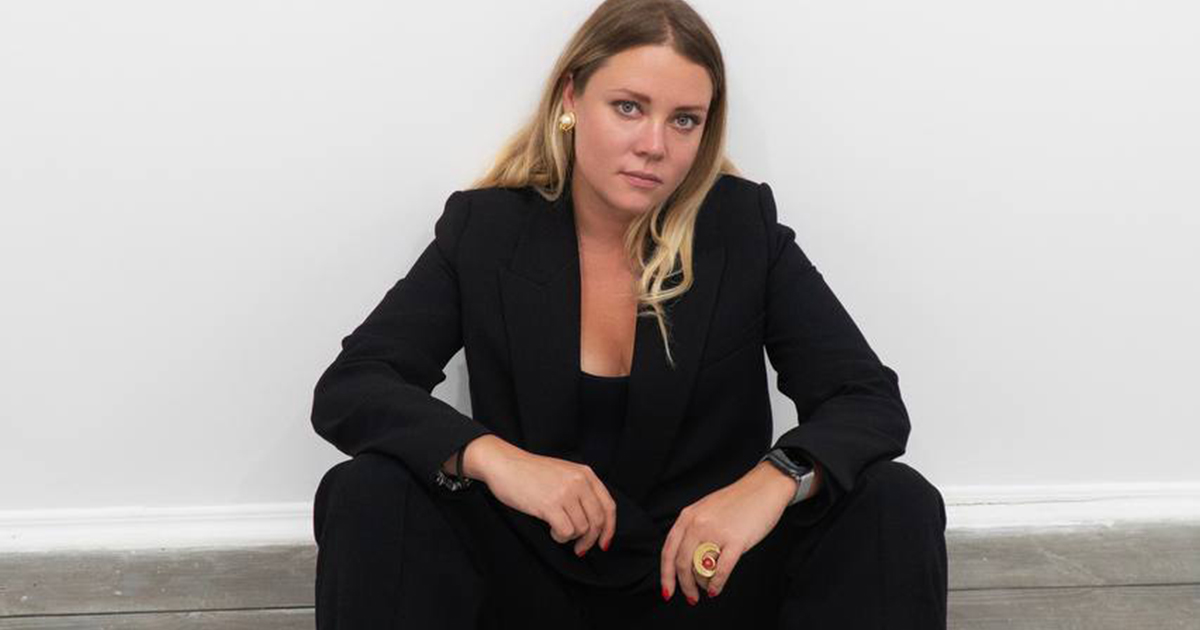
Photo: Inna Rabotyagina
A n a s t a s i a O m e l c h e n k o
(b. 1991, lives and works in Moscow)
Cofounder and director of Omelchenko Gallery* (Moscow), artist
Patience, obstinacy, and effort define a woman working in art today
It’s no secret that the Russian art scene runs on women’s endeavors. Look at Olga Sviblova, the Multimedia Art Museum director, Aidan Salakhova, one of the most famous female Russian artists plus a founder of the prominent Aidan Gallery1, Teresa Iarocci Mavica, cofounder of the V-A-C Foundation Moscow2, Margarita Pushkina, founder and director of Cosmoscow International Art Fair3, the list goes on and on.
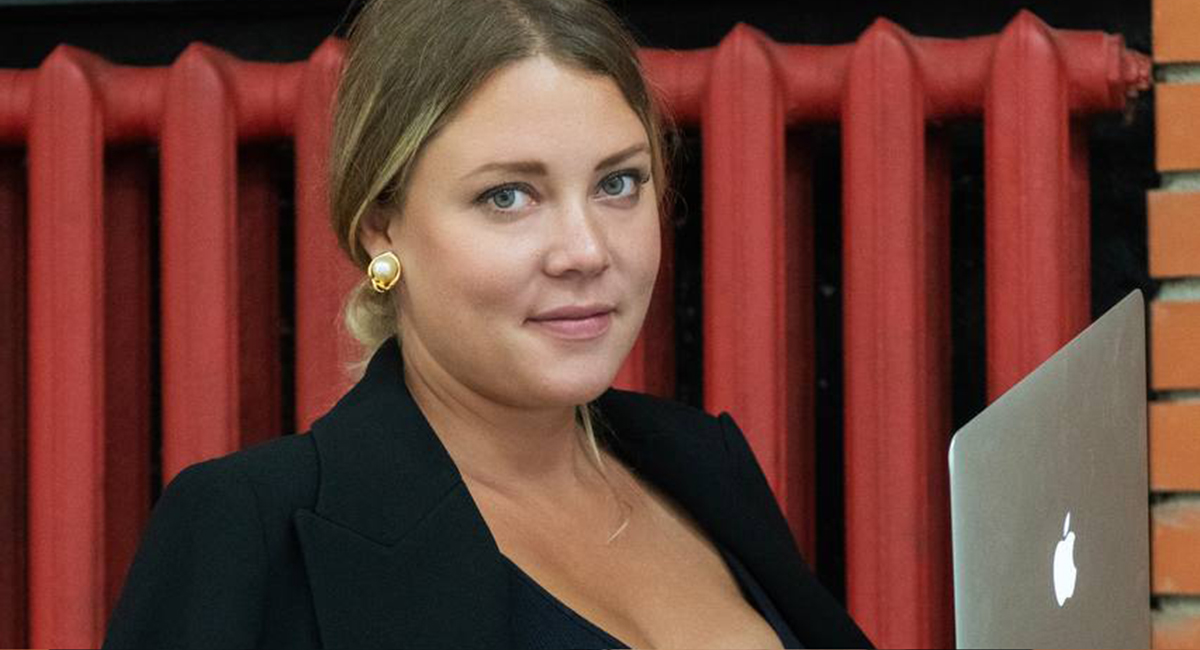
Photo: Inna Rabotyagina
I would say it’s patience, obstinacy, and effort that define a woman working in art today. At the same time, she might be easy, elegant, and empathetic. Through combining leadership and sensitivity, women hold prestigious positions in the art world like art historians, art critics, museum directors, and gallery owners. The same goes for me: I have to balance between my art dealer, curator, and artist roles, which often go in different directions.
There have always been hard-working women in art. Over the centuries, women have been painting and they have been watched! However, their achievements in the artistic field weren’t really recognized before. Fortunately, today it’s different: female artists and arts administrators have been given a voice and an opportunity to share their visions on society and culture. In art (and thanks to it) we can prove ourselves comprehensively both as creators and managers and show all our talent.
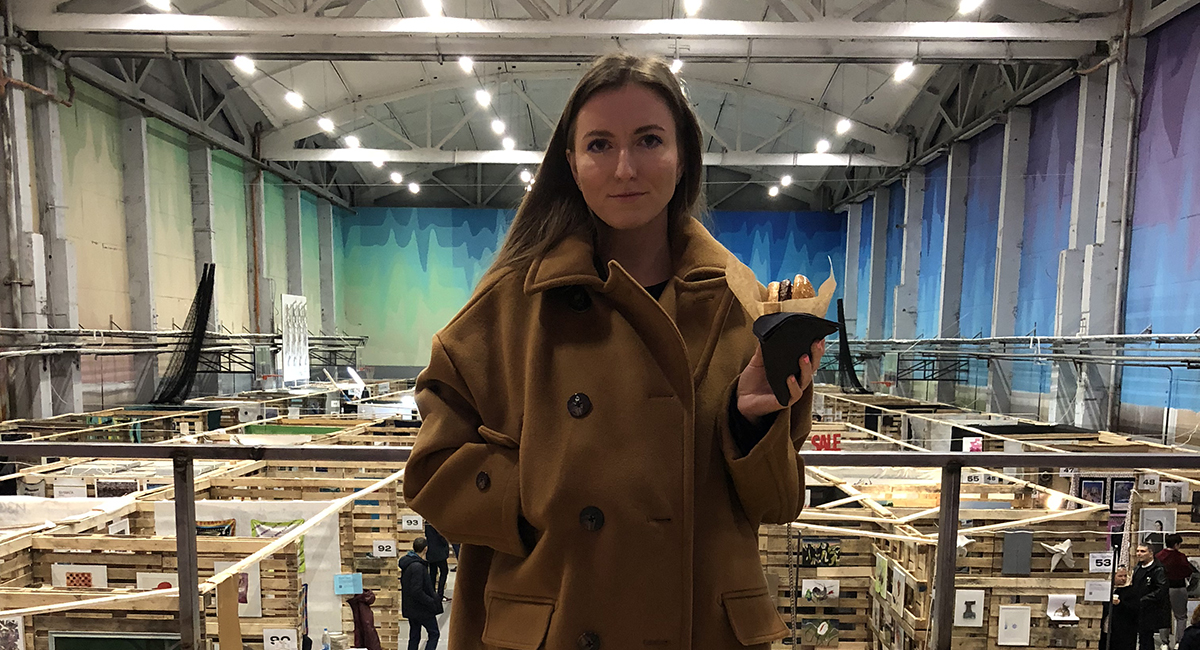
L i z a v e t a M a t v e e v a
(b. 1991, lives and works in St. Petersburg)
Independent curator* and project manager
‘Curare’ means ‘to take care’. However, care doesn’t have a gender
That’s an interesting topic to think about from the Russian perspective. From my experience, I would say that local art scene seems to be gender neutral, meaning you can see women and men on all levels of administration: you can see female, male or queer artists and curators, etc. However, in your daily working routine, you face all kinds of stereotypes; some of them you don’t pay attention to, some might be traumatic, some you don’t even identify as stereotypes or an encroachment on personal space.
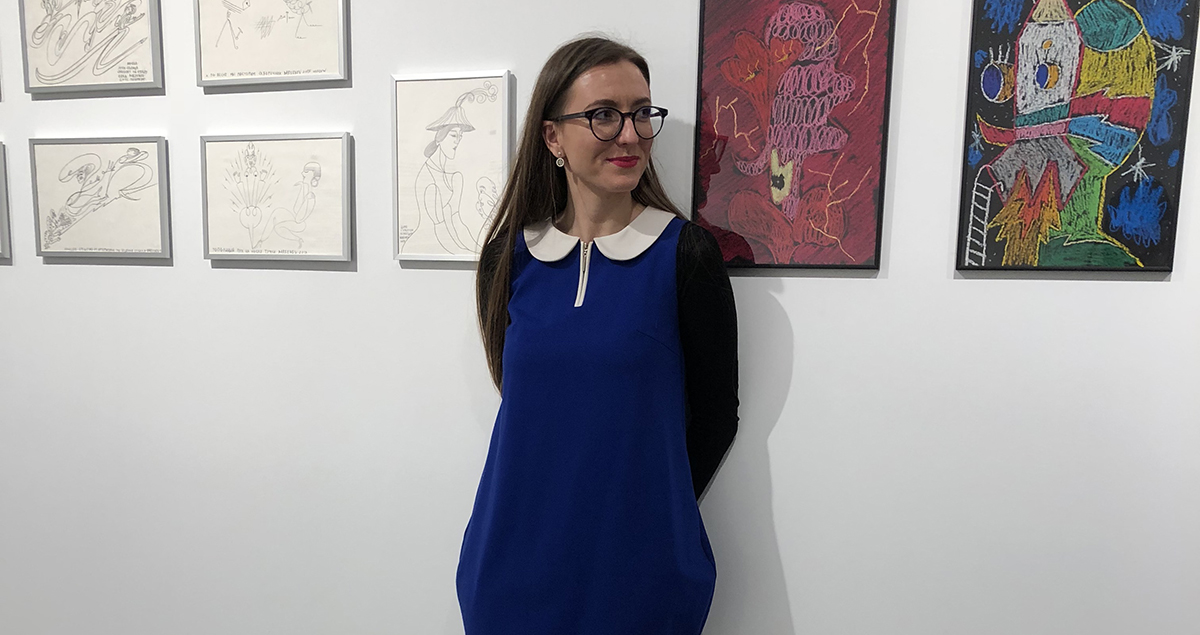
I don’t think there is any fundamental difference between being a female or male curator. At least I don’t feel or see this difference, as I truly believe it’s important, first of all, to remain a human being in any sphere. Attempts to find those differences bring us back to stereotyping. Of course, we’re different, as every human being is. But also we’re quite similar in many senses.
If we think of the etymology of the word ‘curator’, it comes from the Latin ‘curare’, which means ‘to take care’. I can imagine that in patriarchal thinking taking care is primarily considered as a female gesture. However, care doesn’t have a gender. Fathers can be as caring as mothers.
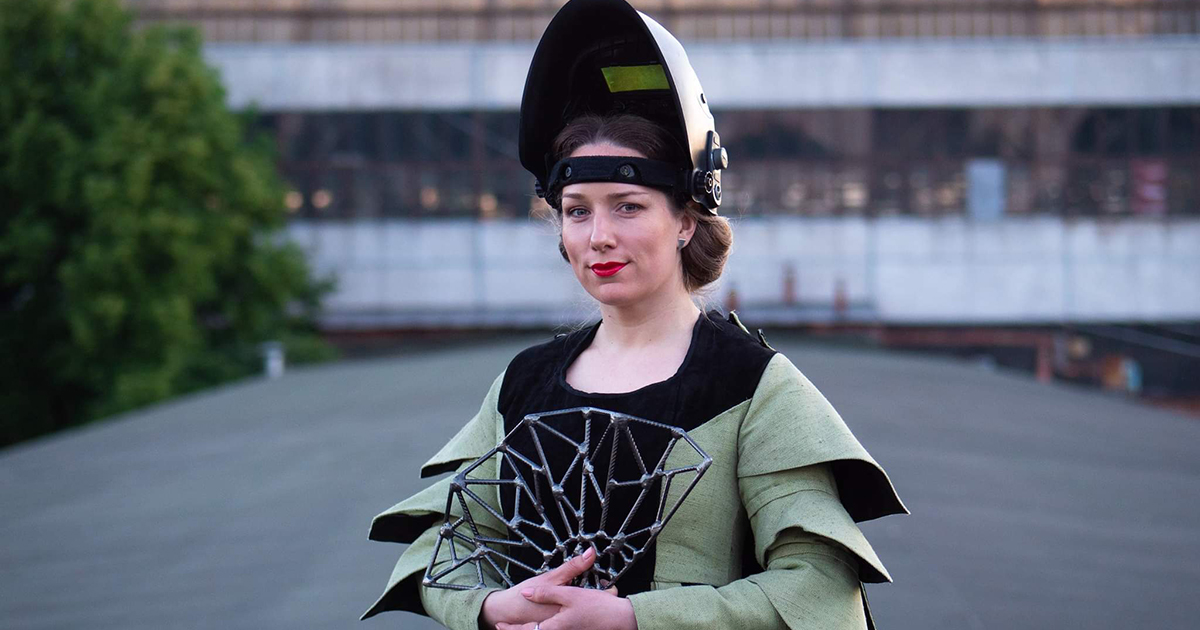
A l e x a n d r a W e l d Q u e e n
(b. 1985, lives and works in Moscow)
Artist, sculptor, and performer*
Today it’s only fighting oneself that matters
What is it like to be a woman in art for me? It means doing anything I want without restraint. In my practice, I work with metal and weld a lot, which traditionally is seen as a ‘man’s job’, but it never really bothered me. Because I don’t really care what everyone will think, I just do what I like and bring my ideas to life.
In my opinion, today there is no point in fighting for one’s place in art, proving or arguing something. I’m grateful to all the progress feminists have made by now. However, I’m sure that today it’s only fighting oneself that matters. I find it important that I can do whatever I want in a world where everything is possible. That’s why I rather focus on personal comfort, freedom, energy, and liberation from internal constraints that disturb living happily. I seek to reveal answers to all those questions through my artworks, sculptures, and performances.
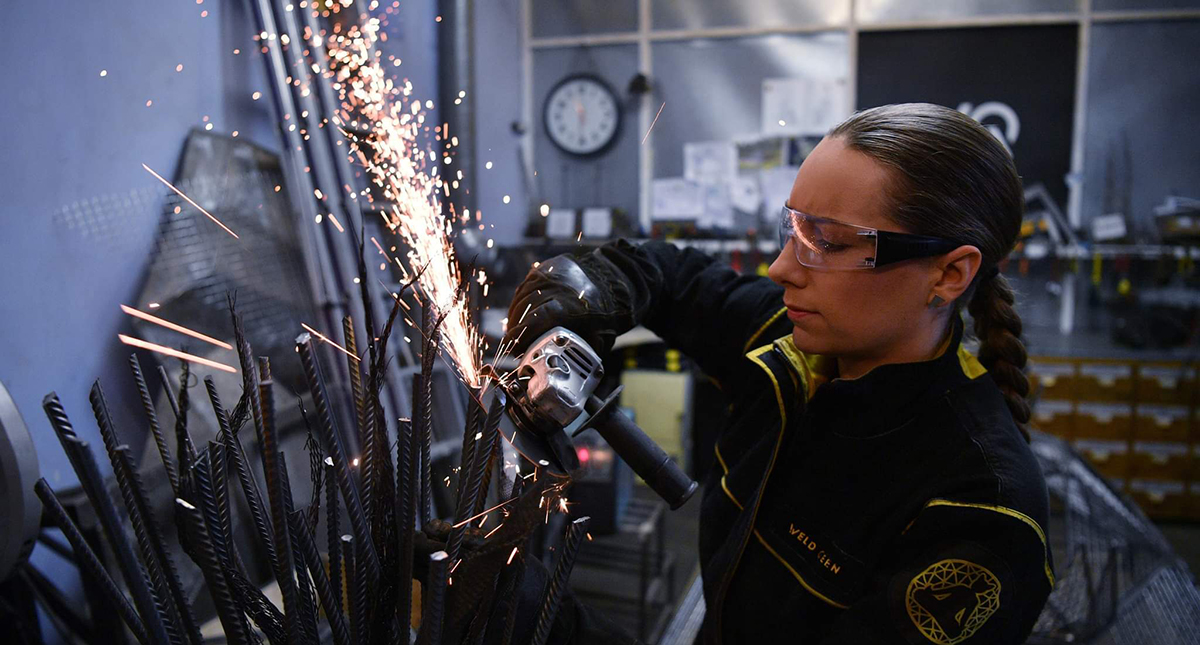
* A certified specialist in welding technology, Alexandra Weld Queen both designs and makes her objects by hand. In Moscow, where the artist currently resides she’s known for her impressive public art projects created for city parks and gardens. Weld Queen is also a keen performer. Since 2019, she and her team have taken part in Burning Man. Discover works by Alexandra Weld Queen: weldqueen.com/

